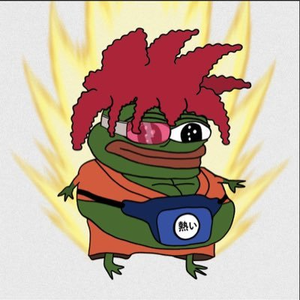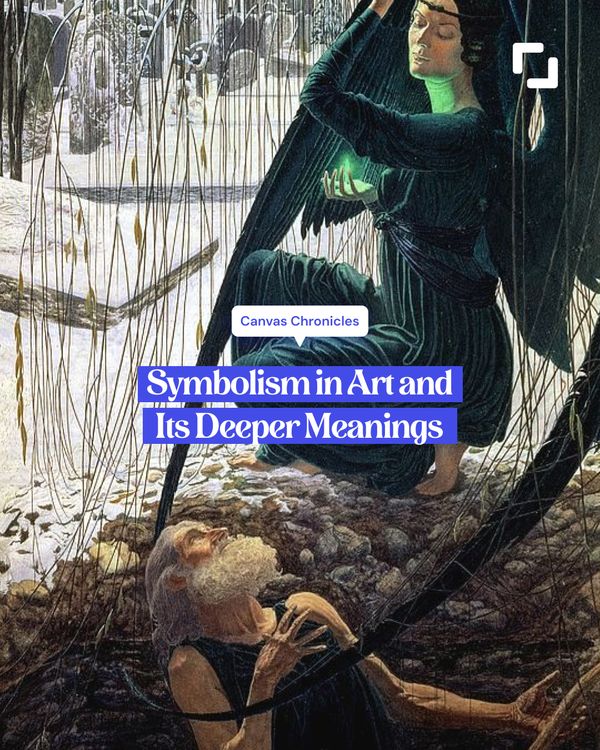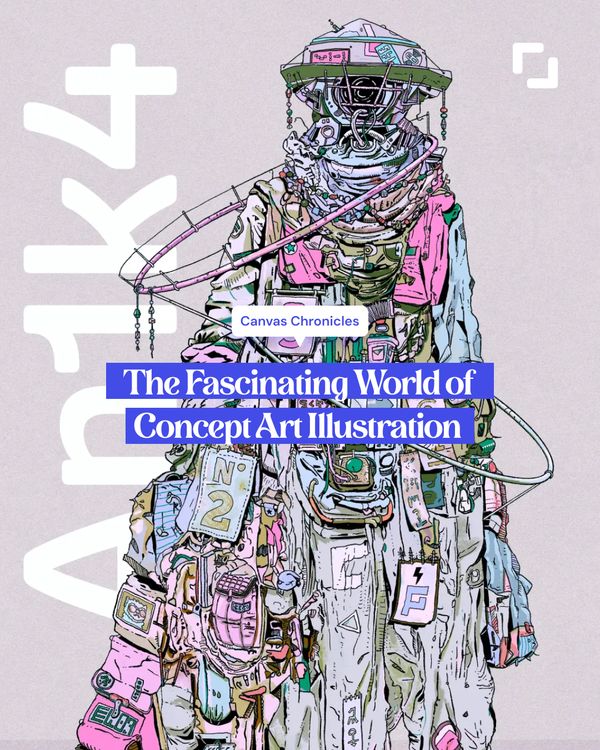In the mid-20th century, a revolutionary art movement known as Abstract Expressionism emerged in the United States, leaving an indelible mark on the world of contemporary art. With its bold and innovative approach to artistic expression, Abstract Expressionism challenged traditional boundaries and redefined the very essence of art. This article explores the most representative artists of the movement, the profound influence it exerted on contemporary art, the record-breaking sale of an abstract expressionist artwork, and some fascinating fun facts about this influential movement.
Abstract Expressionism, also referred to as the New York School, flourished primarily during the 1940s and 1950s. It was characterized by the abandonment of representational forms and the exploration of emotional intensity through abstract and non-representational means. This movement provided artists with a liberating platform to express their innermost emotions, ideas, and subconscious thoughts, creating a visual language that resonated deeply with viewers.
Distinguished Artists
One of the most notable figures in Abstract Expressionism was Jackson Pollock, whose innovative "drip painting" technique captured the attention of art enthusiasts around the world. Pollock's unique approach involved pouring and dripping paint onto large canvases placed on the floor, allowing for a spontaneous and dynamic interaction between the artist and the artwork. His works, such as No. 5, 1948 and Autumn Rhythm, exemplify the energy and intensity associated with Abstract Expressionism.
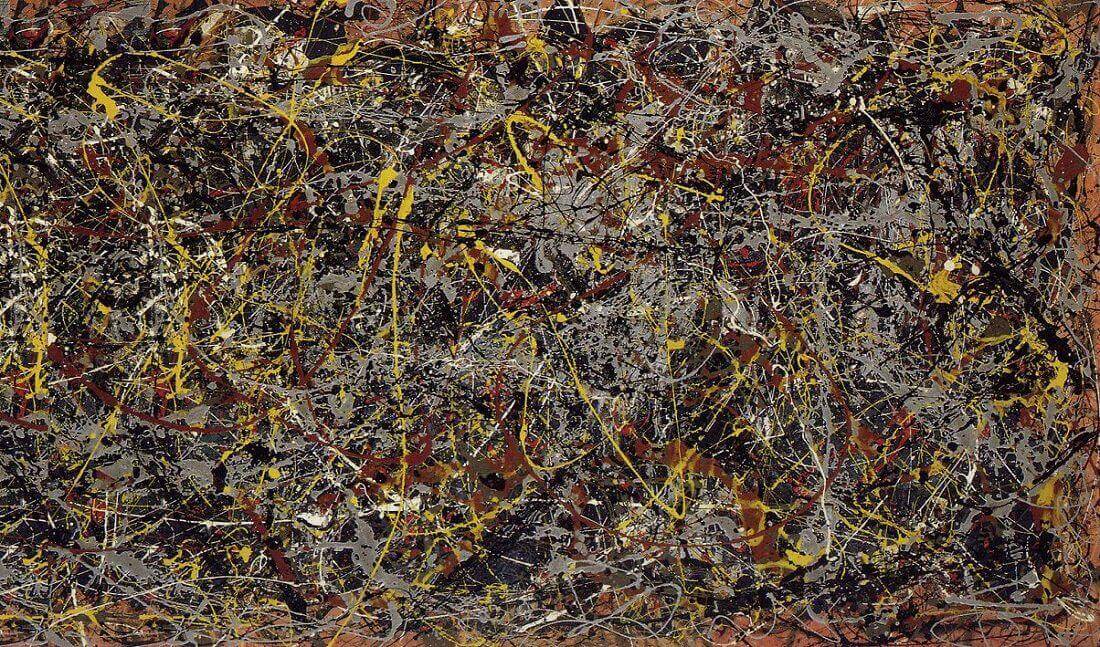

Another influential artist of the movement was Mark Rothko, known for his iconic color field paintings. Rothko's large-scale canvases featured luminous, floating rectangular forms in vibrant or subdued hues. Through his masterful manipulation of color and form, Rothko sought to evoke profound emotional responses from viewers. Paintings like No. 61 (Rust and Blue) and Orange and Yellow exemplify his exploration of color as a potent means of expression.
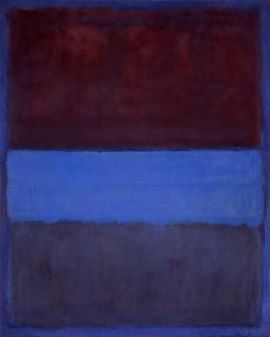
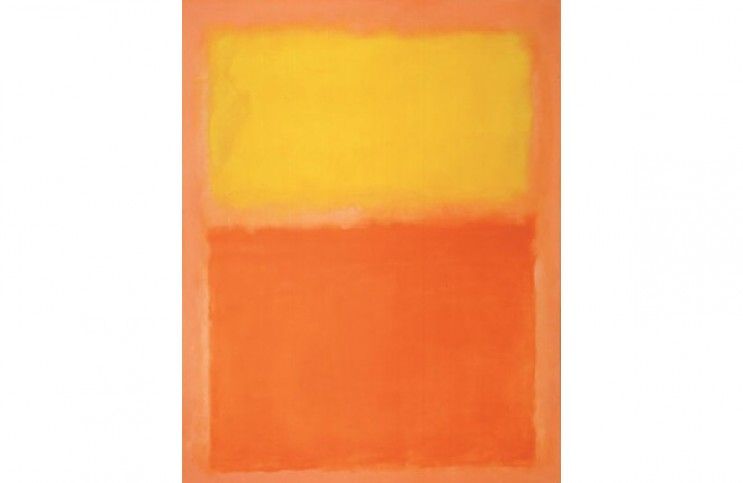
Willem de Kooning, another prominent abstract expressionist, combined gestural brushwork with figurative elements in his paintings. His works, such as Woman I and Excavation, showcased a dynamic interplay between abstraction and representation, capturing the essence of the human form amidst a frenzy of expressive brushstrokes.


Abstract Expressionism had a profound influence on contemporary art. Its emphasis on individual expression, freedom from conventions, and the primacy of the artist's inner world inspired subsequent generations of artists. The movement paved the way for other abstract and non-representational art forms and helped redefine the boundaries of artistic expression. Its legacy can be seen in the works of artists like Gerhard Richter, Anselm Kiefer, and Cecily Brown, who have continued to explore the power of abstraction and emotive mark-making.
Most Expensive Artwork Sold of this Period:
In recent years, the art market has witnessed record-breaking sales of abstract expressionist artworks. One such notable sale was the auction of Jackson Pollock's No. 5, 1948. In a private sale, the painting was reportedly sold for a staggering $165 million, making it one of the most expensive artworks ever sold. This sale not only underscored the enduring appeal of Abstract Expressionism but also solidified its status as a highly sought-after genre in the art world.
Now, let's explore some fascinating fun facts about Abstract Expressionism:
- The term "Abstract Expressionism" was coined by the art critic Robert Coates in 1946. It gained widespread recognition and popularity during the 1950s.
- Abstract Expressionist artists often worked on a large scale, utilizing expansive canvases to convey their grand visions and emotional intensity.
- The Cedar Tavern in New York City's Greenwich Village became a gathering place for Abstract Expressionist artists, providing them with a space to exchange ideas and engage in intellectual discussions.
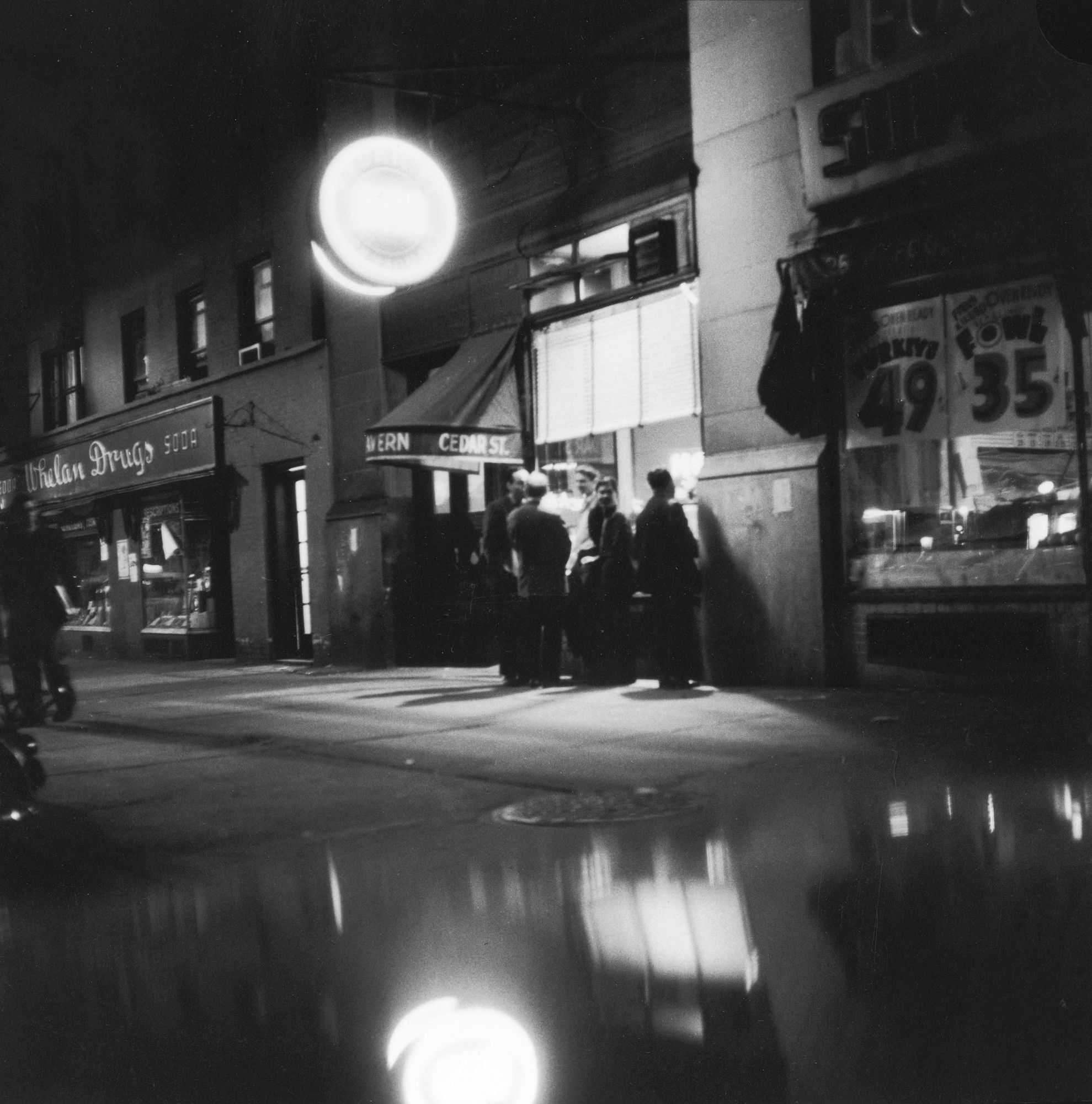
4.Abstract Expressionism emerged during a time of great political and social change, with World War II and the subsequent Cold War deeply influencing the artists' outlook and creative processes.
5.Many Abstract Expressionist artists were influenced by surrealism, automatism, and primitive art, incorporating elements of these movements into their works.
6.The Museum of Modern Art (MoMA) in New York City played a pivotal role in promoting and exhibiting Abstract Expressionist artworks, helping to establish the movement's significance in the art world.
Abstract Expressionism remains a powerful and influential force in the realm of contemporary art. Its bold experimentation, expressive abstraction, and profound impact on subsequent artistic movements have secured its place in art history. From the iconic drips of Pollock to the ethereal color fields of Rothko, the legacy of Abstract Expressionism continues to inspire and captivate audiences worldwide.
Abstract Expressionism on Exchange Art:
1.Luminary_03 by Pigment
While this painting may appear simple at first glance, it carries a complex and nuanced meaning. It invite viewers to engage in a personal and subjective interpretation, encouraging a deep exploration of their own emotions and experiences.

2.Luminary_06 by Pigment
Inspired by Rothko, this artwork creates a contemplative and immersive experience, inviting viewers to reflect and connect with their own inner selves

3.Luminary_01 by Pigment
The absence of representational imagery allows viewers to focus solely on the interaction between color, form, and space.

4.Battlefield by B Molen
By breaking away from traditional techniques and embracing spontaneity, this action painting sought to challenge conventional notions of art and redefine the boundaries of painting.

5.No. 6 by B Molen
Characterized by dynamic, gestural brushstrokes, drips, and splatters of paint that are often applied in a rapid and seemingly impulsive manner, the process of creating the artwork becomes as important as the final result, with the artist's movements and gestures captured on the canvas.

6.Harmony No. 1 by B Molen
This artwork is giving us spontaneity, energy, and the expressive use of brushwork that makes us think about Pollock!

7.Submerge by balitangcrypto
This energic gestural abstraction artwork is capturing movement and vitality.

8.Blissful by Wilsen Way
This painting features bold, gestural brushstrokes, dynamic compositions, and a sense of freedom in the application of paint.

9.Sunrise Thoughts by Lago
This bright composition creates a contemplative and meditative experience for those who follow the movement of the brushstrokes.

10.Vertigo II by Juleslik M
An explosion of colors, a dripping line, a thousand of interpretations is what this abstract artwork generates.

11. Outhouse by Jack
None of the traditional abstract expressionistic paintings are the same and the digital approach of this movement is celebrating the concept of singularity and the value of distinctiveness as well.

12. Overload by Archie Morley
Bold, colorful and full of motion. This artwork screams FRESH!

13. 05 by Lisanne Haack
Worth to mention that this artwork made by Lisanne Haack has some simplicity in it that bring elegance and delicacy. With fine lines and a very restricted palette of colors, this painting definitely get noticed among others.

14. 101322 by ADHD
The textures of this artworks creates a realness feeling of the canvas in perfect mixture with fine brushstrokes and delicate lines.


